Home>Articles>How To Make A Sword Out Of A Ruler Without Power Tools
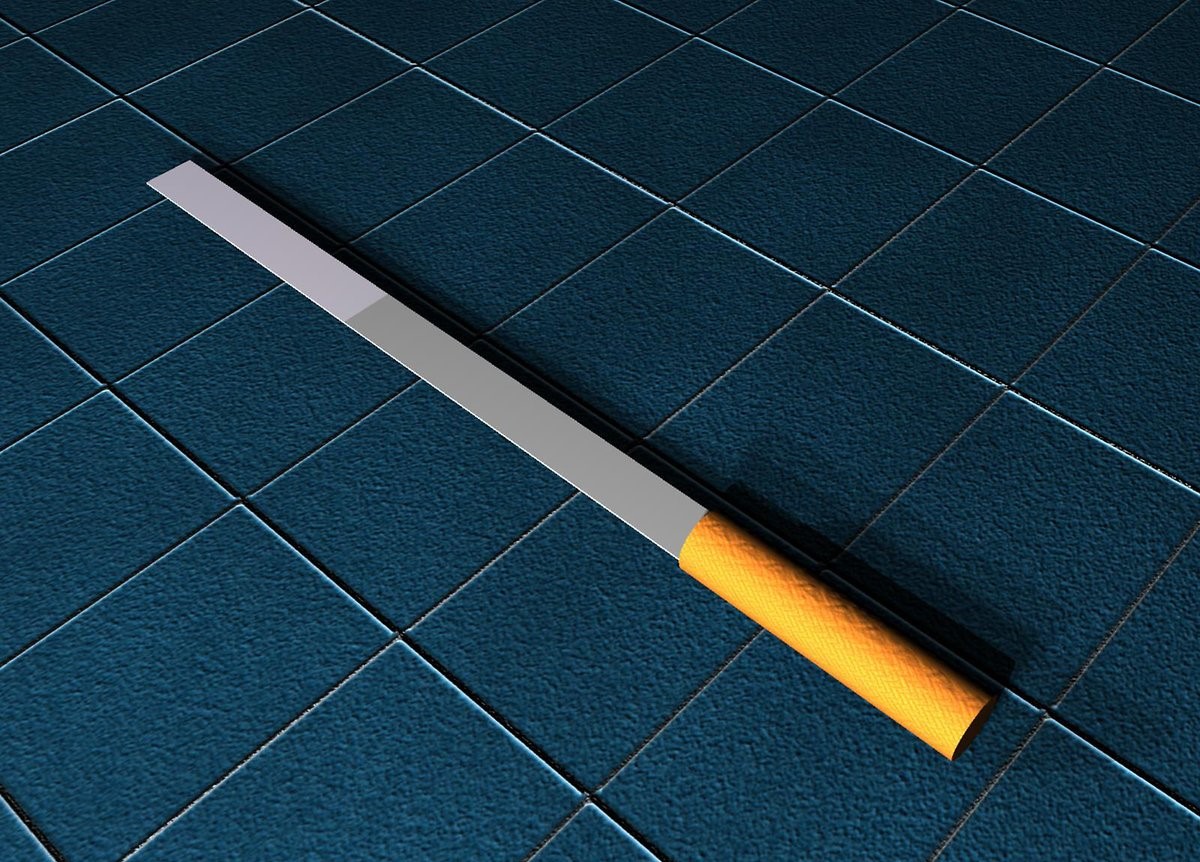

Articles
How To Make A Sword Out Of A Ruler Without Power Tools
Modified: December 7, 2023
Learn how to make a sword out of a ruler using simple techniques and without the need for power tools. Read our informative articles for step-by-step instructions.
(Many of the links in this article redirect to a specific reviewed product. Your purchase of these products through affiliate links helps to generate commission for Storables.com, at no extra cost. Learn more)
Introduction
Are you looking to create a unique decorative piece or a prop for a costume? Have you ever wondered if it’s possible to make a sword with just a ruler and without the use of power tools? Well, you’re in luck! In this article, we’ll guide you through the step-by-step process of transforming a simple ruler into a remarkable and visually appealing sword.
While it may sound challenging, making a sword out of a ruler without power tools is a fun and creative project that can be accomplished with a few basic materials and some patience. Whether you’re a DIY enthusiast, a cosplayer, or simply interested in exploring your crafty side, this article will provide you with all the necessary information to embark on this exciting endeavor.
By following our instructions and exercising caution throughout the process, you’ll be able to create a unique and eye-catching sword that can be used for decorative purposes or to complete a costume. So, let’s dive in and discover how to transform an ordinary ruler into a remarkable sword without the use of power tools!
Key Takeaways:
- Unleash Your Creativity: Transform a simple ruler into a visually captivating sword without power tools. Embrace the DIY spirit and craft a unique piece for decoration or cosplay.
- Safety First, Creativity Second: From preparation to finishing touches, follow safety guidelines while adding personal flair to your ruler sword. Showcase your craftsmanship and enjoy the DIY journey.
Read more: How To Cut Metal Without Power Tools
Materials Needed
Before starting the project, gather the following materials:
- A standard wooden ruler
- A pencil or marker
- A hacksaw or handsaw
- Assorted sandpaper (coarse, medium, and fine grit)
- A file or rasp
- Wood glue
- A paintbrush
- A sealant (optional)
- Decorative elements (such as paint, beads, or ribbons)
While power tools are not necessary for this project, it is important to invest in quality hand tools to ensure precise and safe cutting. Additionally, be sure to choose sandpaper with varying grits for a smoother finish.
Feel free to get creative with the materials by selecting paints, beads, or ribbons that align with your desired aesthetic for the sword. These decorative elements will give your sword a personal touch and make it truly unique.
Once you have gathered all the necessary materials, you’re ready to begin the process of transforming a regular ruler into an impressive sword. So, let’s move on to the first step: preparation.
Step 1: Preparation
Before diving into the construction process, it’s essential to prepare your workspace and take necessary safety precautions.
1. Find a well-ventilated area: Ensure that you have enough space to work comfortably. It’s best to choose a location with good ventilation to avoid inhaling any harmful dust or fumes.
2. Safety first: Put on a pair of safety goggles and work gloves to protect your eyes and hands during the project.
3. Clean and clear workspace: Clear off any clutter or unnecessary items from your workspace to have ample room for maneuvering the ruler and tools.
4. Secure the ruler: Place the ruler on a sturdy surface, such as a workbench or table, ensuring it won’t move while you work on it.
By setting up a safe and organized workspace, you’ll be able to carry out the sword-making process efficiently and without interruptions. With the preparations complete, you’re ready to move on to the next step: marking and cutting the ruler to shape it into a sword.
Step 2: Marking and Cutting
Now that you have prepared your workspace, it’s time to mark and cut the ruler to shape it into a sword.
1. Measure and mark the desired length: Determine the length you want your sword to be and mark it on the ruler using a pencil or marker. Keep in mind the proportions and balance you want to achieve. It’s recommended to leave some extra length at the end for the handle.
2. Mark the blade shape: Use the ruler as a reference to draw the outline of the blade. Trace a gently curved line from the tip of the ruler down to the desired width of the blade. Keep in mind that the widest part of the blade should be closer to the handle.
3. Secure the ruler for cutting: Clamp the ruler in place or ask someone to hold it firmly to prevent it from moving while you cut. This will help ensure smooth and accurate cuts.
4. Cut along the marked lines: Using a hacksaw or handsaw, carefully cut along the marked lines to shape the ruler into the desired sword form. Take your time and make steady, controlled cuts. Remember to follow proper safety guidelines and keep your fingers away from the saw.
5. Fine-tune the shape: Once you have cut the basic shape of the sword, use a file or rasp to refine the edges and smooth out any rough surfaces. This will give your sword a more polished and professional appearance.
With the marking and cutting process complete, you have successfully transformed the ruler into the foundation of your sword. Now onto the next step: shaping the blade to give it a more authentic look and feel.
Step 3: Shaping the Blade
With the basic sword shape established, it’s time to focus on shaping the blade for a more authentic look.
1. Define the bevel: Using a file, carefully create a bevel along both edges of the blade to give it a tapered appearance. Start from the widest part of the blade near the handle and gradually thin out towards the tip. This process will give your sword a more realistic and functional design.
2. Create fuller lines (optional): If you want to add extra detail to your sword, you can use the file to create fuller lines on both sides of the blade. These lines, also known as fullers, add depth and texture to the sword, mimicking the appearance of traditional swords.
3. Smooth the blade: Once you have shaped the blade to your liking, use sandpaper with progressively finer grits (starting from coarse and moving to medium and then fine) to sand down any rough areas and achieve a smooth surface. This step is crucial for the overall finish of the sword.
4. Wipe clean: After sanding, wipe the blade clean with a cloth to remove any dust or debris. This will ensure that the blade is ready for the next steps.
By taking the time to shape and refine the blade, you will enhance its appearance and make it more visually appealing. With the blade shaped to perfection, let’s move on to the next step: creating the handle of the sword.
When making a sword out of a ruler without power tools, make sure to use a strong and durable material for the blade, such as metal or wood, and secure it tightly to the ruler handle to ensure stability and safety.
Step 4: Creating the Handle
The handle is an important component of the sword, providing comfort and stability when holding it. In this step, we’ll guide you through the process of creating the handle using simple techniques.
1. Determine handle length: Measure and mark the desired length for the handle on the ruler. This length should be proportionate to the size of the sword and ensure a comfortable grip.
2. Shape the handle: Use a rasp or file to shape the handle by rounding the edges and creating a smooth, ergonomic surface. You can also experiment with different shapes, such as a simple rectangular handle or a more ornate design.
3. Ensure a secure grip: To enhance the grip of the handle, you can add texture by using sandpaper or a file to create small grooves or ridges. This will prevent the sword from slipping out of your hand during use.
4. Attach the handle: Once the handle is shaped to your satisfaction, apply wood glue to the marked area and firmly press the handle onto the ruler. Make sure it is aligned properly and securely attached. Wipe away any excess glue and allow it to dry completely according to the manufacturer’s instructions.
5. Sand and finish the handle: Smooth out any rough edges or imperfections on the handle using sandpaper. This step will ensure a comfortable grip and a polished appearance. If desired, you can apply a sealant to protect the wood and enhance its longevity.
With the handle securely attached and finished, your sword is starting to take shape. Next, we’ll move on to step 5: sanding and finishing the entire sword for a professional look.
Step 5: Sanding and Finishing
Sanding and finishing the sword is an essential step to achieve a professional and polished look. This process will smooth out any rough surfaces, remove any remaining imperfections, and prepare the sword for the final touches.
1. Start with coarse sandpaper: Begin by using coarse-grit sandpaper to sand the entire sword, including the blade, handle, and any decorative elements. This step will remove any rough edges or uneven surfaces.
2. Progress to finer grits: Gradually switch to medium-grit, then fine-grit sandpaper to further smoothen the sword’s surface. This will help create a seamless finish and prep the sword for painting or staining.
3. Wipe away dust: After sanding, wipe the sword clean with a cloth or a soft brush to remove any dust or debris. This will ensure a clean surface for the next steps.
4. Paint or stain (optional): If you desire a painted or stained look for your sword, now is the time to apply your chosen finish. Use a paintbrush or sponge to carefully apply the desired color or stain, allowing each coat to dry fully before applying the next. This step adds a personal touch and enhances the overall appearance of the sword.
5. Apply a sealant (optional): To protect the finish and give your sword a polished look, you can consider applying a sealant. Choose a sealant suitable for the material of your sword and follow the manufacturer’s instructions for application. This will provide a protective layer and enhance the durability of your creation.
With the sanding and finishing process complete, your sword is now smooth, visually appealing, and ready for the final step: adding decorative elements to make it truly unique.
Step 6: Adding Decorative Elements
The final step in creating your ruler sword is adding decorative elements to give it a personalized and unique touch. This is where your creativity can truly shine!
1. Consider the design: Think about the theme or inspiration for your sword. Is it a medieval knight’s sword? A magical sword from a fantasy realm? Choose decorative elements that align with your desired design.
2. Paint and embellish: Use acrylic paints, metallic markers, or other decorative materials to add intricate designs, patterns, or symbols to the blade and handle. Let your imagination guide you as you bring your vision to life.
3. Embellish the handle: Consider wrapping the handle with decorative ribbons, leather strips, or beads to enhance its aesthetic appeal. You can also add decorative pommels or guard elements to further accentuate the handle’s design.
4. Experiment with materials: Don’t limit yourself to traditional decorative elements. Explore different materials such as fabric, feathers, gemstones, or even LED lights to create a truly unique and eye-catching sword.
5. Secure decorative elements: Use glue or other appropriate materials to securely attach the decorative elements to the sword. Make sure they are firmly in place and won’t come loose during handling or display.
Remember, the sky’s the limit when it comes to adding decorative elements to your ruler sword. Let your imagination run wild and create a piece that reflects your own personal style and vision.
With the decorative elements in place, take a step back and admire your creation. You’ve transformed a simple ruler into a remarkable sword, showcasing your creativity and craftsmanship. Whether you display it as a decorative piece or use it to complement a costume, your ruler sword is bound to be a conversation starter and a testament to your DIY skills!
Conclusion
Congratulations! You have successfully transformed a regular ruler into a unique and visually captivating sword. Through careful planning, precise cutting, shaping, and adding decorative elements, you have created a remarkable piece of craftsmanship.
This DIY project allowed you to explore your creativity and showcase your skills without the need for power tools. By following the step-by-step instructions provided in this article, you were able to create a sword that can be used for decorative purposes, cosplay, or as a conversation starter.
Remember, safety is important throughout the entire process. Always wear protective gear, exercise caution when using cutting tools, and work in a well-ventilated area.
From the initial preparations to cutting, shaping, sanding, and adding decorative elements, each step brought you closer to a polished and personalized sword. The handle, blade, and overall aesthetic of your ruler sword are a testament to your dedication and creativity.
Feel free to experiment with different materials, colors, and designs to further personalize your sword and make it truly unique. Let your imagination run wild and unleash your inner artist as you embark on this creative endeavor.
Whether you choose to display your sword as a symbol of your creativity or use it as a prop for a costume, the journey of transforming a ruler into a sword has provided you with a fulfilling and rewarding experience. Cherish your creation and share your accomplishment with others.
Thank you for joining us on this DIY adventure! We hope you had fun and were able to create a masterpiece that you can proudly call your own.
Now go forth and wield your ruler sword with pride and finesse!
Frequently Asked Questions about How To Make A Sword Out Of A Ruler Without Power Tools
Was this page helpful?
At Storables.com, we guarantee accurate and reliable information. Our content, validated by Expert Board Contributors, is crafted following stringent Editorial Policies. We're committed to providing you with well-researched, expert-backed insights for all your informational needs.
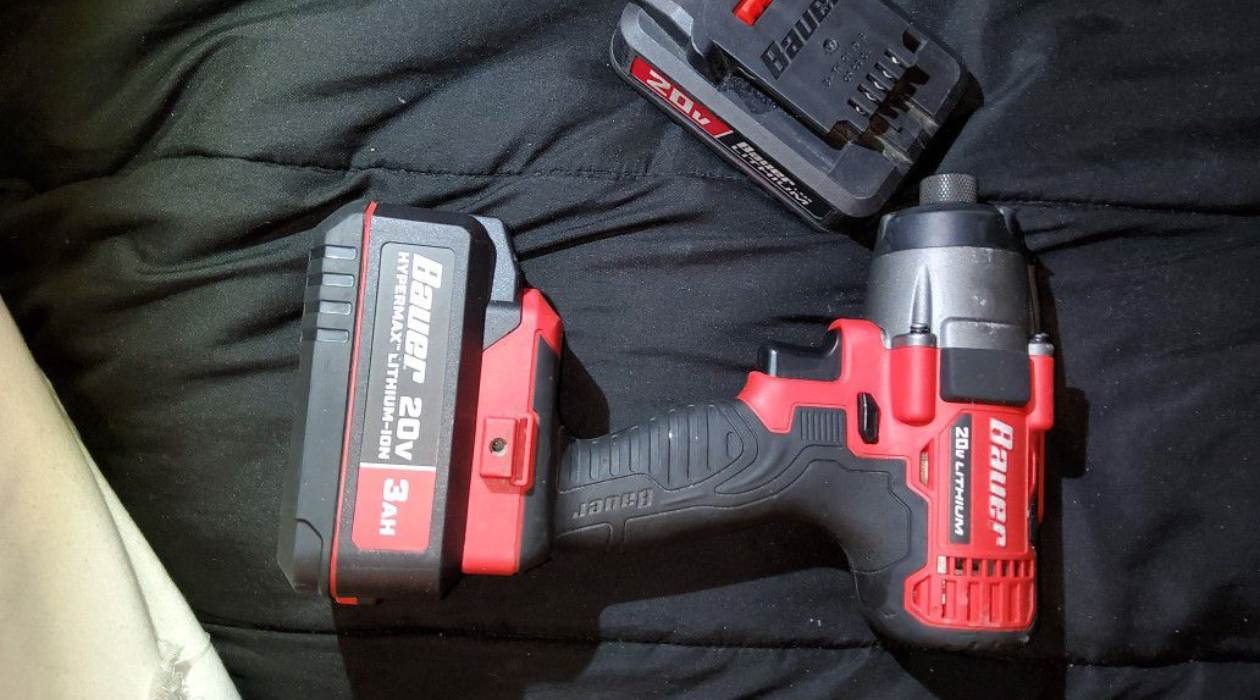






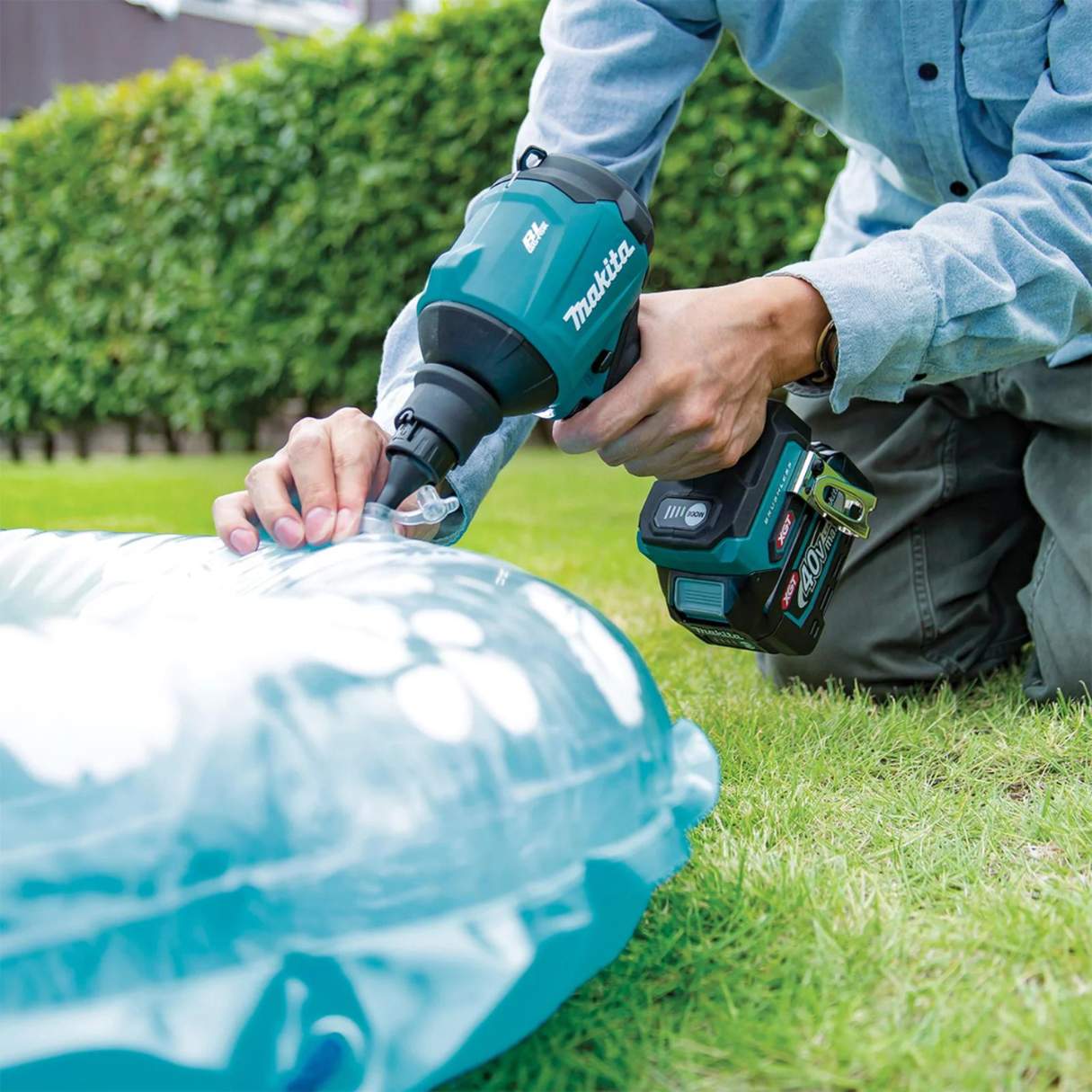
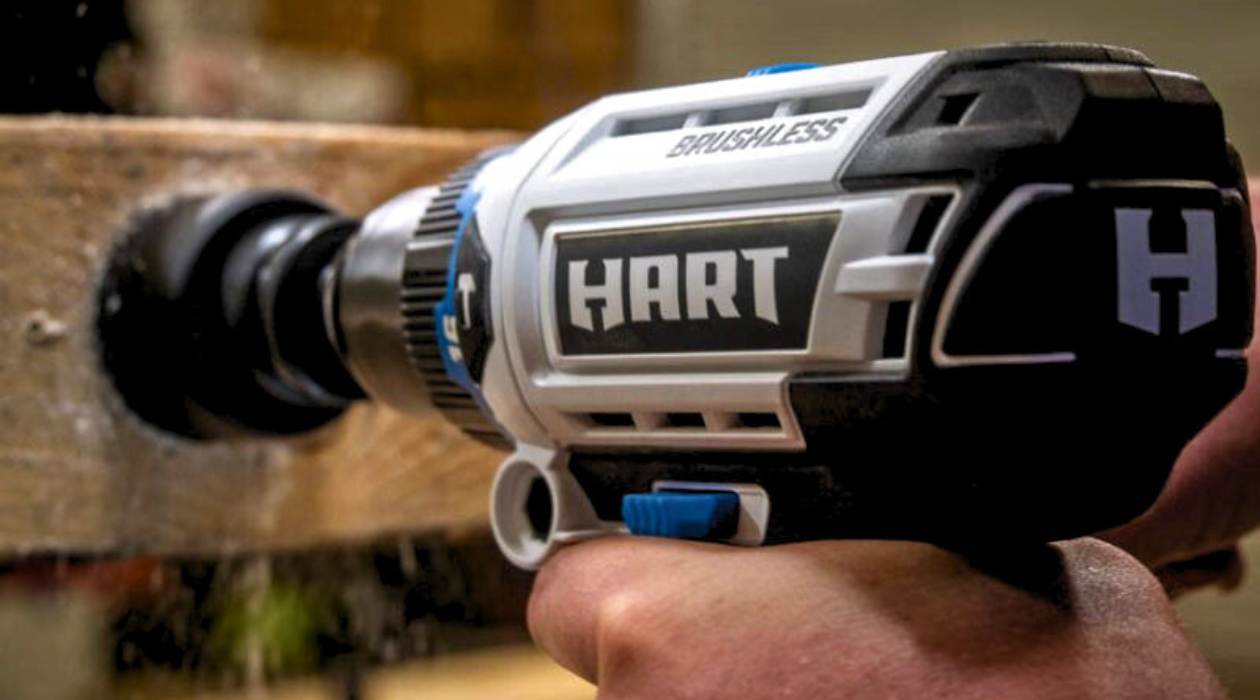



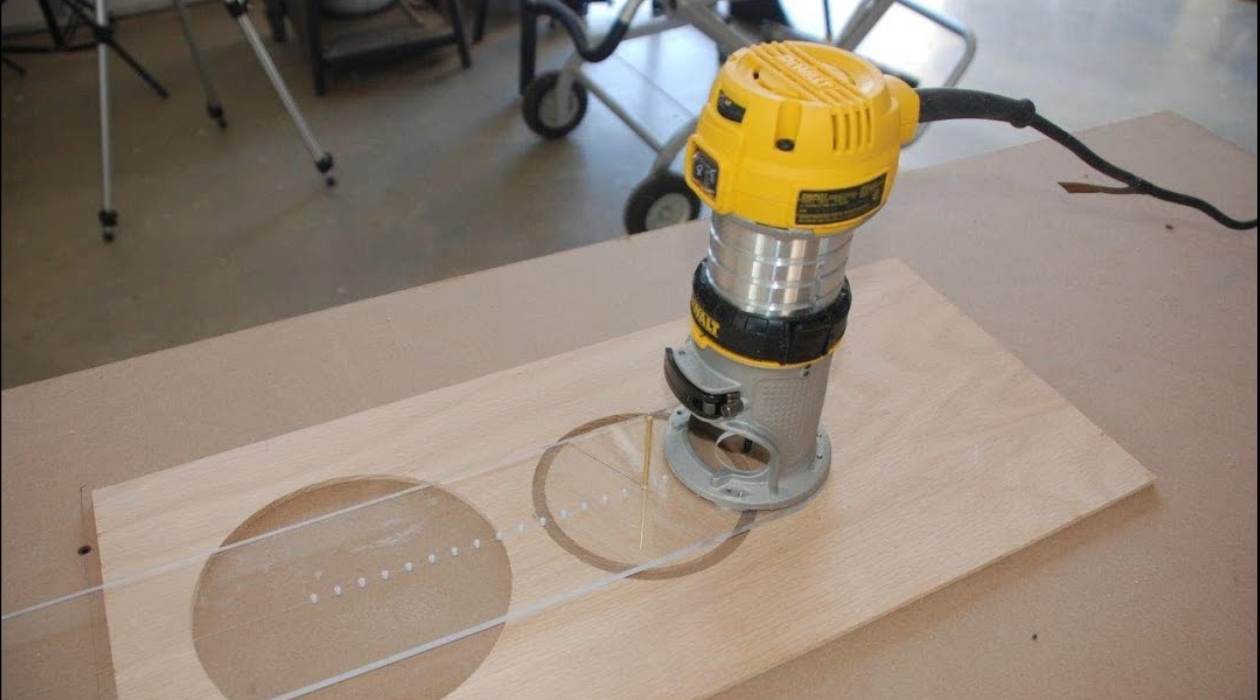
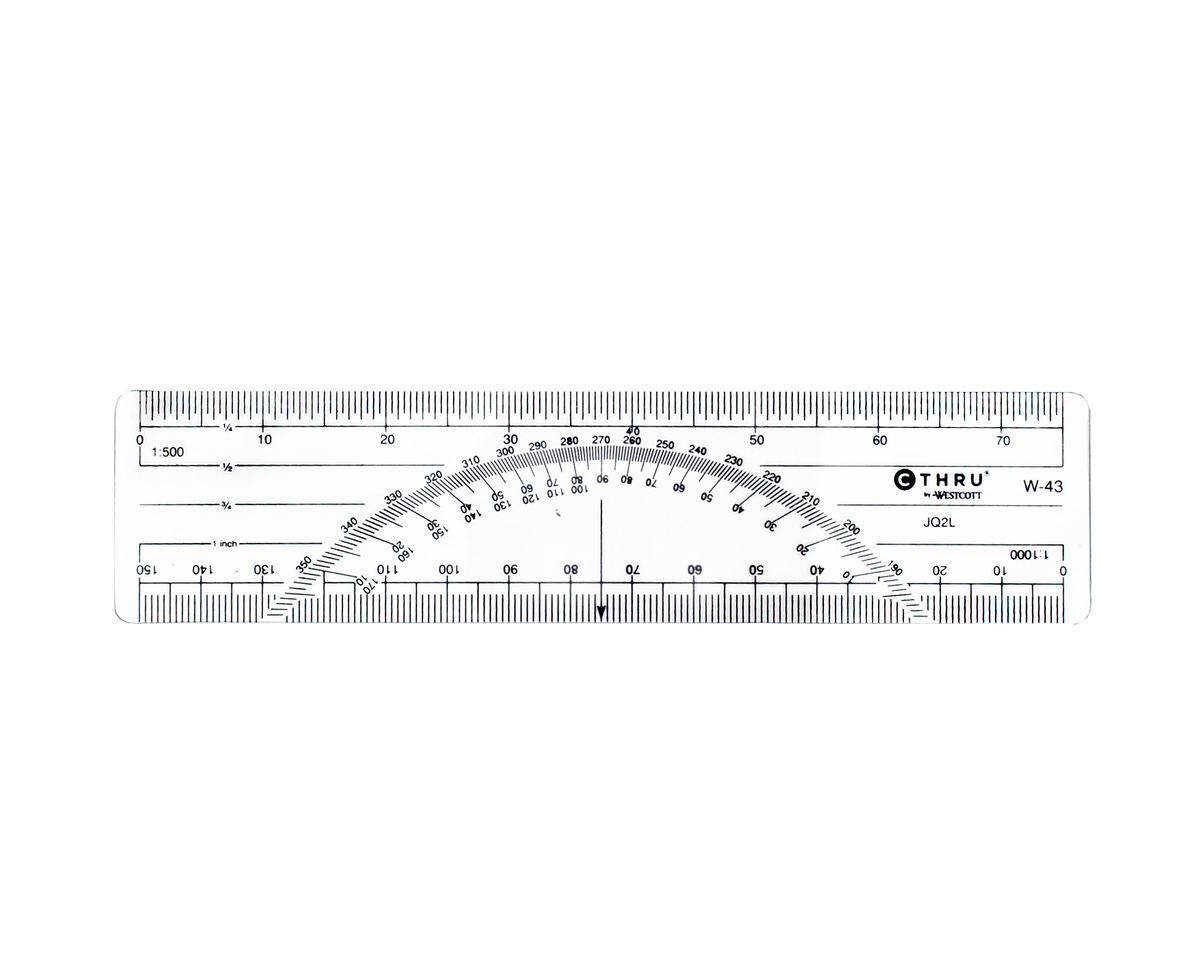

0 thoughts on “How To Make A Sword Out Of A Ruler Without Power Tools”